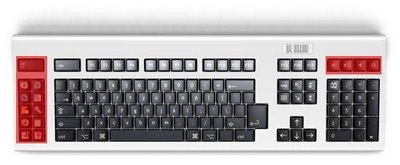The HDMI Standard

The HDMI (High-Definition Multimedia Interface) is a standard for digital (vs. analogical) transmission of audio and video signals defined by a consortium gathering Hitachi, Matsushita, Philips, Silicon Image, Sony, Thomson and Toshiba. This standard also has the role to generalize, if not to impose, the DRM technology known as 'HDCP' (High-Bandwidth Digital Content Protection).
HDMI should eventually replace the classic Peritel SCART connector on all display units (e.g., DVD readers, satellite decoders, etc.). The most recent version of the standard is HDMI 1.3, which has been implemented in Sony's Playstation 3.


 My name is Paul Laverrière. I have been a huge fan of home cinema for over 10 years. Today, I would like to share my passion for flat screens with you through this blog! I hope you like it! :-)
My name is Paul Laverrière. I have been a huge fan of home cinema for over 10 years. Today, I would like to share my passion for flat screens with you through this blog! I hope you like it! :-)